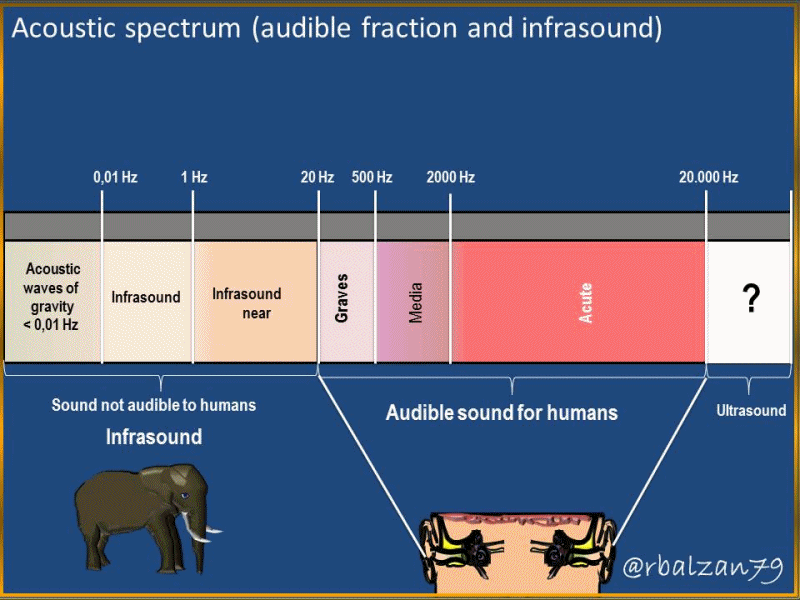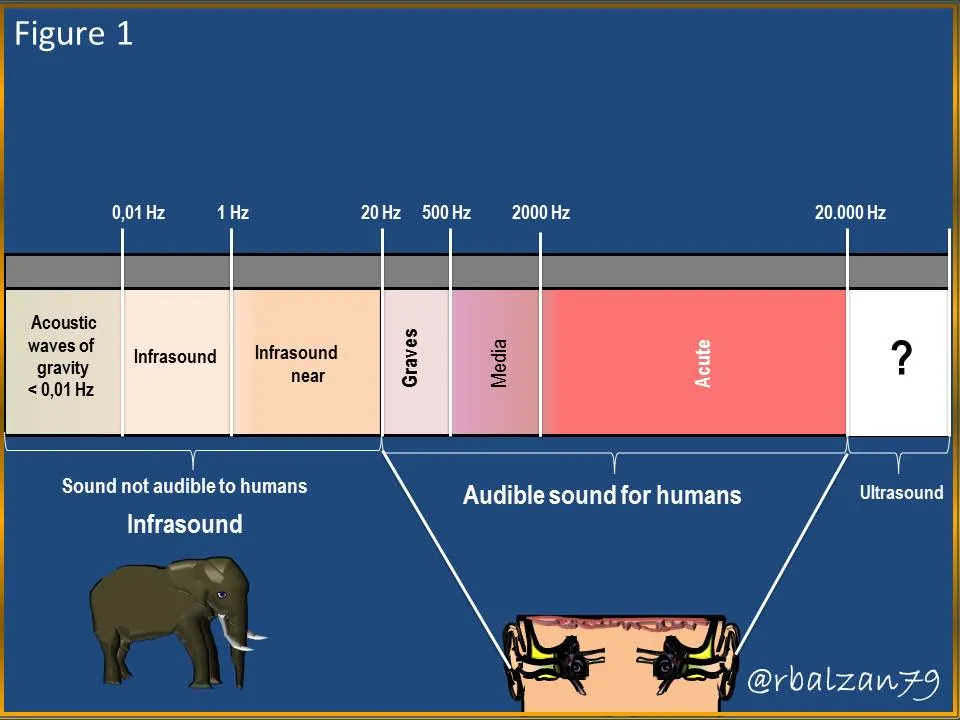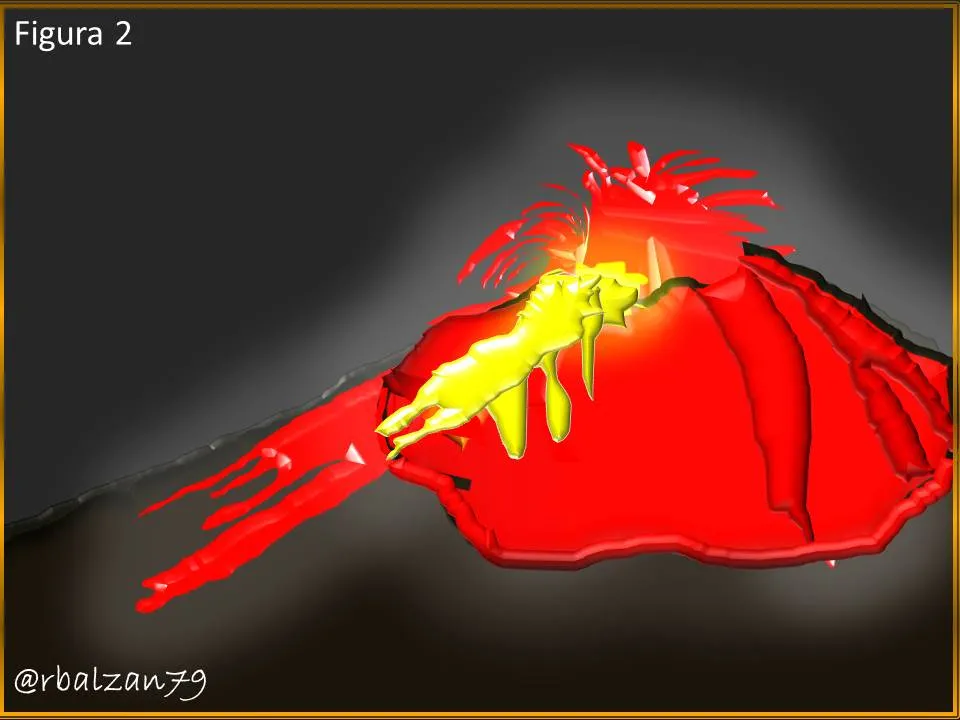
Introduction
As a living species in this complex universe, we have the enormous task of learning from everything that surrounds us, that is, from the environment in which we are immersed and all this with the firm purpose of being able to develop as much as possible in all senses, I think my dear readers that each of us can be faithful witnesses of the above described.
When observing our environment we find a great number of tools or artificial machines that have allowed us to somehow facilitate the development of our daily activities, therefore, we must constantly highlight the immense work of the field of science and also the field that makes possible the application of such scientific knowledge as technology, and we must also certainly include the wonderful field of the spread of all this knowledge among us all as is the area of education at all levels.
In this journey through the understanding of sound we have analyzed intrinsic phenomena to the propagation of sound, among which are reflection, absorption, transmission, diffraction, refraction, and also we have also been related to the acoustic spectrum, where we could know our audible spectral fraction for our ears and it is between 20 to 20,000 Hz (Hertz) found in this spectrum the high, medium and low sounds.
This time we will link with another spectral fraction of the sound spectrum as infrasound, and infrasound is generated by vibrations that manage to travel through a certain material or elastic medium such as air, however, these sound waves can not be perceived by our ears, therefore, are outside the audible spectrum for humans.
Infrasound
When dealing with any sound wave generated in our environment it will always be of vital importance to take into account the acoustic spectrum because through it we can know in what range is the sound generated and analyzed, therefore, we will start from the fact which tells us that our ears can perceive sounds within the range between 20 to 20,000 Hz, then, any sound outside this range will be either in a lower or higher interval to our audible range.
Therefore my dear readers on this occasion we will relate to those sound waves whose frequency is below 20 Hz, and this represents the infrasounds, that is why we use the prefix infra which expresses lower than 20 Hz.
Many are the infrasounds that are generated around us due to its longer wavelength and thus lower frequency than the sound waves we can hear, it is important to note that it has been beneficial for us not to be able to capture all kinds of sound generated in our environment because this way our auditory senses would collapse easily, and also, we would not differentiate between one sound or another.
By continuing to expand the essential acoustic spectrum we must express that the infrasound frequency range or fraction is structured or divided into three parts, the near infrasound, whose range is from 20 Hz to 1 Hz, the infrasound itself whose range is from 1 Hz to 0.01 Hz, and the acoustic waves of gravity whose frequency is less than 0.01 Hz, of the latter sound waves we can say that due to its wavelength they are affected by the gravitational force of the planet.
In this way you will be able to observe the acoustic spectrum, but now including infrasound and its sub-regions in figure 1 below.

From the previous figure we can express that the wavelengths of infrasound are longer than the wavelength of the sound audible to our ears, and furthermore, the farther an infrasound moves to the left of 20 Hz, the longer the wavelengths will be and thus the lower the frequency.
Although infrasounds are out of our audible range, and we do not perceive them consciously, it is considered that they can generate dizziness, anxiety, sadness, nausea, among other effects.
This type of sound imperceptible to our ears can be generated either naturally or artificially, for example, those of natural origin are generated by important natural phenomena such as volcanic eruptions as shown in figure 2 below.

As it has been expressed, infrasounds have low frequencies and thus large wavelengths, in the case of volcanoes, their eruptions can cause low frequency waves of the explosive type and thus infrasounds.
This natural phenomenon (volcanic eruption) can be so violent in its eruptions that it accumulates enough energy charge to generate longitudinal pressure waves with frequencies below 20 Hz, and their reception can be obtained at great distances through the implementation of certain microphones or microbarometers.
In the previous figure 2 we related to a form of infrasound generation in a natural way as represented by volcanic eruptions, in future installments we will be relating to other interesting sources of infrasound generation in order to relate to these low frequency waves to our ears.
Conclusion
Like almost all phenomena that develops around us, sound represents one of those phenomena of abstract analysis since it is not possible to touch it, however, we have had the ability to analyze it in many of its aspects or characteristics, representing one of them the different spectral fractions that make up the acoustic spectrum.
So far we have analyzed in a general way the spectrum audible to our ears and this time we met the spectral sub-fractions of infrasound, and also, we relate to a form of natural generation of this type of sound as volcanic eruptions, in future installments we will link with other sources of infrasound generation and thus deepen the same and how somehow part of our existence, and also useful knowledge for our existence.
Until another installment my dear readers of @Hive.blog.
Note: The images are my own and were created using Power Point and the animated gif was created with the PhotoScape application.
Recommended bibliographic references
[1]Physics of sound
[2]Specular and diffuse sound reflection. Author: @rbalzan79.
[3]Sound absorption. Author: @rbalzan79.
[4]Sound transmission. Author: @rbalzan79.
[5]Sound diffraction. Author: @rbalzan79.
[6]Sound refraction. Author: @rbalzan79.
